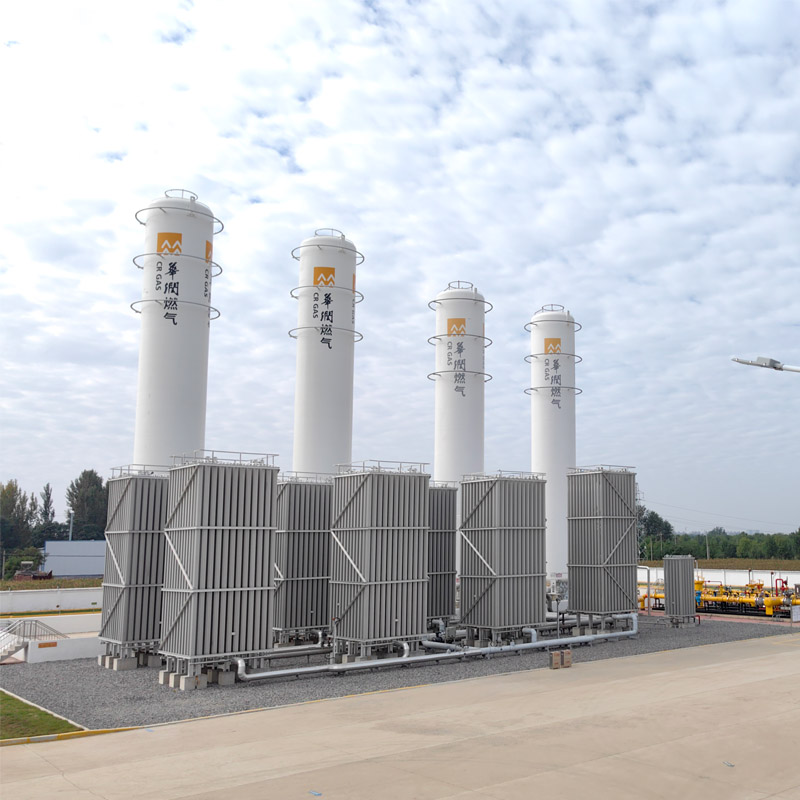
Dec . 03, 2024 16:56
Back to list
Pressure Relief Valve - Understanding Functionality and Applications in Various Industries
Understanding Pressure Reducing Valves Key Components and Functionality
Pressure reducing valves (PRVs) are essential components in various fluid systems, designed to lower and regulate pressure from a high inlet level to a controlled outlet level. These devices are used in a variety of applications, from residential plumbing systems to industrial processes, ensuring that downstream systems operate safely and effectively.
What Is a Pressure Reducing Valve?
At its core, a pressure reducing valve is a mechanical device that automatically reduces the pressure of liquid or gas moving through a system. It achieves this by allowing fluid to flow through an internal mechanism that maintains a consistent downstream pressure, despite variations in upstream pressure. The valve typically consists of several key components, including a valve body, a control element (like a diaphragm or piston), and an adjusting mechanism.
How Does a Pressure Reducing Valve Work?
When high-pressure fluid enters the PRV, it encounters the control element. The pressure exerted on the diaphragm or piston is balanced against a spring force that can be adjusted to set the desired downstream pressure. As the high-pressure fluid pushes against the control element, it opens the valve, allowing fluid to flow through. As the downstream pressure reaches the predetermined setpoint, the valve modulates to restrict flow, maintaining the desired pressure.
This continuous adjustment is crucial for ensuring that downstream equipment operates efficiently. For instance, in a water distribution system, if the main line pressure fluctuates due to demand changes, the PRV will adjust its position to maintain a constant pressure supply to homes and businesses.
Applications of Pressure Reducing Valves
.
2. Fire Protection Systems In fire sprinkler systems, PRVs are utilized to ensure that water is delivered at the correct pressure for optimal sprinkler operation, regardless of supply line fluctuations.
صمام تخفيض الضغط

3. Industrial Applications Many manufacturing processes require specific pressure conditions to function properly. PRVs are critical in these setups to maintain consistent pressures within boilers, air compressors, and other equipment.
4. Gas Supply Systems In natural gas distribution, PRVs regulate the gas pressure delivered to residential and industrial customers, ensuring safety and regulatory compliance.
Benefits of Using Pressure Reducing Valves
1. Safety By regulating pressure, PRVs protect equipment from damage and prevent hazardous failures that could arise from overpressure situations. This is particularly important in systems such as gas pipelines and steam systems.
2. Efficiency Maintaining the appropriate pressure can improve the efficiency of systems, as well-functioning valves reduce energy consumption and minimize wastage. This is especially valuable in industrial applications where operational costs are a concern.
3. Longevity of Equipment Consistent pressure levels prevent stress on pipes, pumps, and other system components, ultimately extending their lifespans and reducing maintenance costs.
4. Enhanced Performance By ensuring optimal pressure conditions, PRVs help systems perform at their best, whether it’s delivering water in a building or ensuring the smooth operation of manufacturing processes.
Conclusion
In summary, pressure reducing valves play a vital role in modern fluid systems across various sectors. By maintaining consistent pressure levels, these devices enhance safety, efficiency, and the longevity of systems, proving themselves to be invaluable in both residential and industrial applications. Understanding the functionality and importance of PRVs allows users and operators to ensure their systems operate reliably and efficiently. As technology continues to evolve, pressures and demands on systems will change, making it essential to regularly assess and maintain these critical components for optimal performance.
Next:
Latest news
-
Safety Valve Spring-Loaded Design Overpressure ProtectionNewsJul.25,2025
-
Precision Voltage Regulator AC5 Accuracy Grade PerformanceNewsJul.25,2025
-
Natural Gas Pressure Regulating Skid Industrial Pipeline ApplicationsNewsJul.25,2025
-
Natural Gas Filter Stainless Steel Mesh Element DesignNewsJul.25,2025
-
Gas Pressure Regulator Valve Direct-Acting Spring-Loaded DesignNewsJul.25,2025
-
Decompression Equipment Multi-Stage Heat Exchange System DesignNewsJul.25,2025

